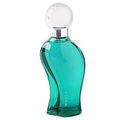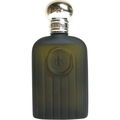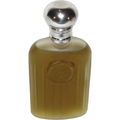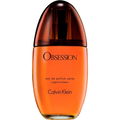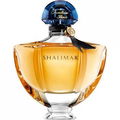12/08/2012
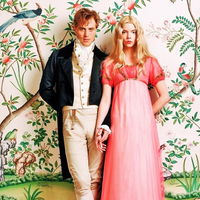
Cryptic
24 Reviews

Cryptic
Top Review
14
The Banned One
How did we reach the point in perfume history where fragrance is being banned in the workplace? In an attempt to answer that question, I decided to revisit some of the "monster" perfumes of the 80s for some possible insight into the current backlash against power perfume. For the most part, I've been enjoying some terrific work in the likes of Poison, Loulou and Coco, all of which must have been pretty spectacular prior to reformulation. If the current austerity movement in fragrance was in part a reaction to these perfumes, I can only imagine that they must have been commonly and egregiously overapplied, because the fragrances themselves are lovely. Giorgio is a different story in my view.
Giorgio's top notes of peach, apricot, orange blossom and bergamot are instantly familiar to me, probably because they were recycled by Elizabeth Arden with little variation in Sunflowers, which was extremely popular when I was young. The orange blossom in particular is a bit synthetic and overbearing, but nothing I can't handle. It is Giorgio's brash floral heart that I find off-putting. As a tuberose fan, I expected to be able to deal with whatever Giorgio threw at me, but the tuberose used here is the bubble gum variety, and it is not improved by a faux gardenia note that is reminiscent of a fabric softener sheet. I detect the ylang (a favorite note), but it is not sufficient to redeem this cacophony of strident floral notes.
On the other hand, the drydown of Giorgio is rather inspired. It contains chamomile, one of those quirky but wonderful notes that is seldom used in mainstream perfumery these days because it doesn't smell "pretty." Back in the day, when Giorgio still contained real oakmoss and sandalwood (both now conspicuously absent), this perfume must have faded down to a bewitching warmth. Even now it still has a certain distinction.
On the whole, I can certainly understand why this singular, voluminous perfume was banned in some restaurants during its heyday. It still has big sillage and good longevity, though no longer mammoth. If you have a nasty streak, Giorgio would be the perfect choice to wear to a wedding, along with a white dress, in order to upstage the bride. Otherwise, wear with caution as you would any statement perfume.
Giorgio's top notes of peach, apricot, orange blossom and bergamot are instantly familiar to me, probably because they were recycled by Elizabeth Arden with little variation in Sunflowers, which was extremely popular when I was young. The orange blossom in particular is a bit synthetic and overbearing, but nothing I can't handle. It is Giorgio's brash floral heart that I find off-putting. As a tuberose fan, I expected to be able to deal with whatever Giorgio threw at me, but the tuberose used here is the bubble gum variety, and it is not improved by a faux gardenia note that is reminiscent of a fabric softener sheet. I detect the ylang (a favorite note), but it is not sufficient to redeem this cacophony of strident floral notes.
On the other hand, the drydown of Giorgio is rather inspired. It contains chamomile, one of those quirky but wonderful notes that is seldom used in mainstream perfumery these days because it doesn't smell "pretty." Back in the day, when Giorgio still contained real oakmoss and sandalwood (both now conspicuously absent), this perfume must have faded down to a bewitching warmth. Even now it still has a certain distinction.
On the whole, I can certainly understand why this singular, voluminous perfume was banned in some restaurants during its heyday. It still has big sillage and good longevity, though no longer mammoth. If you have a nasty streak, Giorgio would be the perfect choice to wear to a wedding, along with a white dress, in order to upstage the bride. Otherwise, wear with caution as you would any statement perfume.
3 Comments
















 Top Notes
Top Notes  Apricot
Apricot Bergamot
Bergamot Orange blossom
Orange blossom Peach
Peach Heart Notes
Heart Notes  Tuberose
Tuberose Ylang-ylang
Ylang-ylang Gardenia
Gardenia Jasmine
Jasmine Orchid
Orchid Rose
Rose Base Notes
Base Notes  Musk
Musk Oakmoss
Oakmoss Amber
Amber Cedarwood
Cedarwood Chamomile
Chamomile Patchouli
Patchouli Sandalwood
Sandalwood Vanilla
Vanilla













 Cumulnimbus
Cumulnimbus LavenderSky8
LavenderSky8 Evangeline
Evangeline Noturfave
Noturfave Stinkykid
Stinkykid







